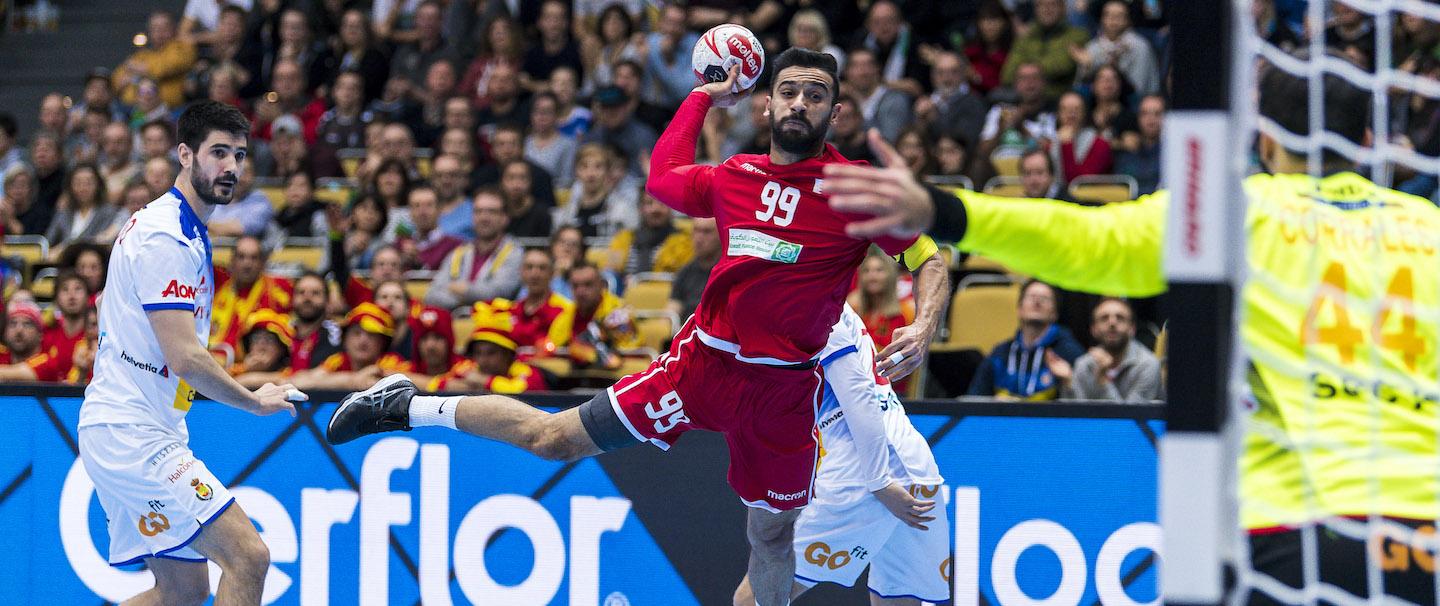From day one to the trophy: World Championship playing system update explained
05 Nov. 2020

The 27th IHF Men’s World Championship in Egypt will be the first ever IHF World Championship to be played with the increased number of teams, from 24 to 32, implemented following a decision by the IHF Council in October 2018. With 32 teams participating, the playing system – which will be used at all IHF Senior World Championships from Egypt 2021 on – has undergone an overhaul.
For the 2019 IHF World Championships, both men’s and women’s, the system returned to the preliminary round followed by main round format, with the semi-finalists determined based on final main round ranking. The format from the 2021 Men’s World Championship on will continue with this structure, but with an increased number of preliminary and main round groups. In addition, the main round will be followed by quarter-finals, adding an additional knock-out round on the path to the final.
Following the October 2018 meeting, the IHF Council amended the Regulations for IHF Competitions in their meeting in July 2019 to guarantee rest days following game days so that no team plays back-to-back matches at senior World Championships. Rest days are considered days without matches that require less than four and a half hours of travel from one accommodation to another, to be taken into account when teams must change location during an event. If a team must travel for longer than this, an additional rest day must be granted.
Also of note, despite the increased number of teams, the new system sees a decrease in the maximum number of matches to be played per team.
Step-by-step through each round
Breaking the 32-team playing system down into more detail, the progression from the first day of matches to the last is as follows:
Preliminary round to knock-out round
The 32 teams start in eight groups of four, preliminary round Groups A to H. Each team plays three games, from 13 to 19 January. The three top-ranked teams from each preliminary round group progress to the main round, bringing the points gained against their fellow progressing teams to the main round group.
The teams from Groups A and B proceed to main round Group I, the teams from Groups C and D to Group II, the teams from Groups E and F to Group III, and the teams from Groups G and H to Group IV. Each team plays the three new teams they have not faced, from 20 to 25 January.
From each main round group, the two top-ranked teams qualify for the quarter-finals, taking place on 27 January. From the quarter-finals on it is a simple knock-out progression, with the successful teams moving on to the semi-finals on 29 January and then the medal matches on 31 January.
The final ranking for the main round teams that do not reach the quarter-finals (final rankings ninth to 24th) will be determined based on performance in the preliminary and main rounds (i.e. points gained in the main round as the first calculation, goal difference in the main round if required as the second, and plus goals in the main round as the third – if still needed, the preliminary round points, goal difference and plus goals will be considered).
• Ranking ninth to 12th: teams ranked third in each main round group
• Ranking 13th to 16th: teams ranked fourth in each main round group
• Ranking 17th to 20th: teams ranked fifth in each main round group
• Ranking 21st to 24th: teams ranked sixth in each main round group
Preliminary round to President’s Cup
The teams that rank fourth in their preliminary round group and therefore do not qualify for the main round will continue in the President’s Cup, which determines positions 25th to 32nd on the final ranking after a round-robin group system and play-offs.
The President’s Cup is divided into two groups of four teams, with Group I featuring the fourth-ranked teams from Groups A, B, C and D and Group II comprised of those from Groups E, F, G and H. Each team will play all other opponents in the group, so three matches, from 20 to 25 January, before a last play-off game to determine overall ranking.
The group rankings will determine which position each team contests in the play-offs, with the first-ranked sides from each group meeting to play for 25th, the second-ranked nations playing for 27th, the third-ranked for 29th, and the fourth-ranked for 31st.
Allocation of points in preliminary and main rounds
The points allocation in the preliminary and main rounds remains the same as all previous IHF competitions: two points for a win, one point for a draw, zero points for a loss. Teams are ranked based on points as the primary calculation.
Should teams have the same number of points at the conclusion of a round, ranking between those sides is determined based on the following steps, with progression from one to the next only required if the teams are still equal:
1) results in points between the teams concerned
2) goal differences in the matches between the teams concerned
3) greater number of plus goals in the matches between the teams concerned
If the teams are still equal, a decision is made between those teams with equal number of points as follows:
4) goal difference is subtracted in all matches
5) greater number of plus goals in all matches.
If classification still is not possible, a draw shall decide.
The 27th IHF Men’s World Championship will take place from 13 to 31 January 2021 in Egypt.
Read more about the medical measures in place for the event here and for more information on updates on player replacement regulations in response to the COVID-19 situation, click here.

